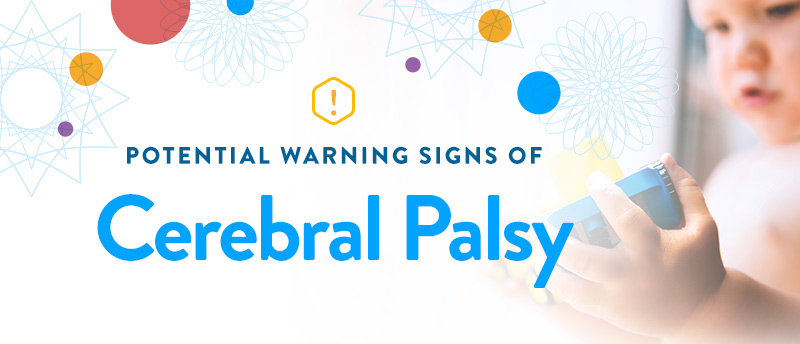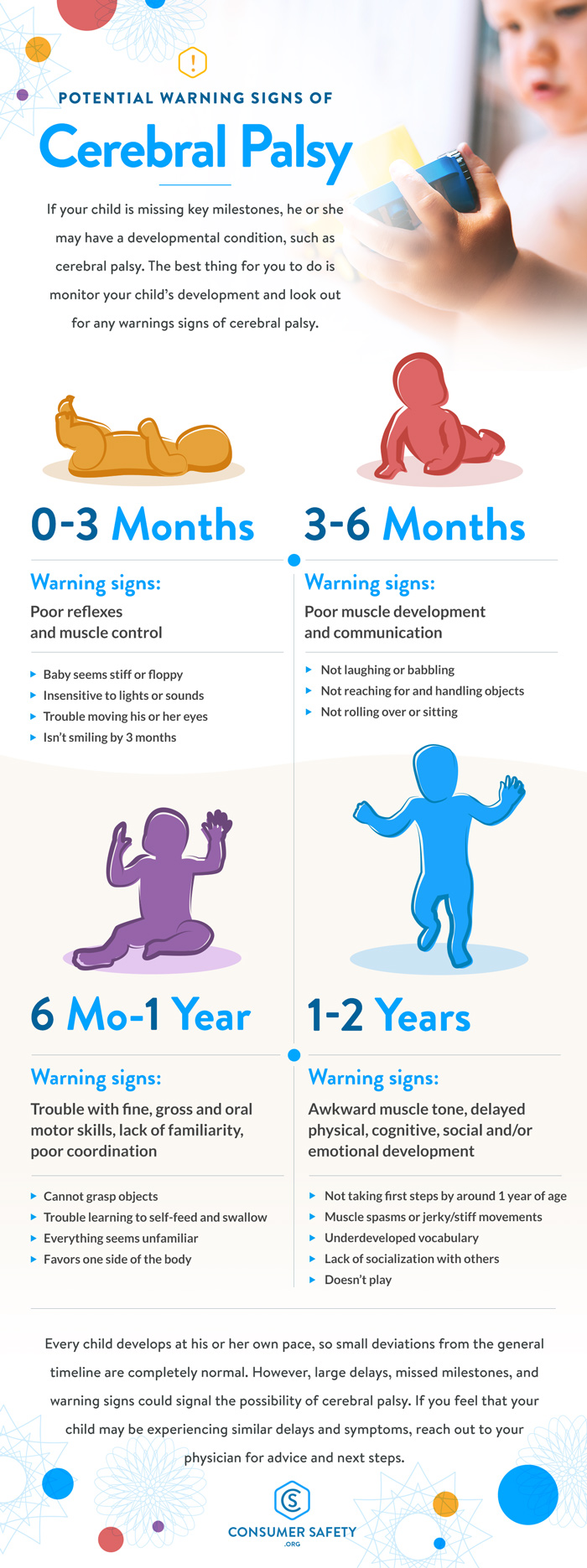How Does Cerebral Palsy Affect Development?

Developmental disorders can be difficult to identify, as they can exhibit symptoms of other physical disabilities or learning disabilities. Parents may notice that their child seems to be on a different path of growth and development through the early years, but the child may not exhibit enough symptoms for a straightforward diagnosis. One of the most common developmental disorders to be aware of is cerebral palsy.
What Is Cerebral Palsy?
Cerebral palsy (CP) is a neurological disorder caused by brain damage, often as a result of injury or abnormal development. Other causes and risk factors that occur during or after pregnancy include infection (such as meningitis), genetic mutation, fetal or pediatric stroke, maternal health problems, premature birth and asphyxia.
Whatever the cause, brain damage occurs before, during or immediately after childbirth, which is why most children with cerebral palsy are diagnosed by 18 months old. The condition is not progressive, meaning it cannot worsen over time. However, some symptoms may only become visible as the child becomes fully developed. In very mild cases, parents might not notice signs of cerebral palsy until the child is 3 - 5 years old and his or her brain becomes fully developed.
What Are the Different Types of Cerebral Palsy?
There are four main types of cerebral palsy, each of which differs in the type of movement patterns that the individual displays. The most common diagnosis is spastic cerebral palsy, making up about 70% - 80% of cases. Filling out the rest of the 20% - 30% is athetoid, ataxic, and mixed cerebral palsy. Physicians will look at what type of movement problems the child is experiencing, as well as the location of the issues to determine and diagnose cerebral palsy type.
- Spastic cerebral palsy: Damage is located in the brain's motor cortex and pyramidal tracts, affecting voluntary movement. Symptoms include awkward reflexes, an abnormal gait, tightened muscles or joints, and stiffness throughout one part of the body.
- Athetoid cerebral palsy: Otherwise known as non-spastic CP or dyskinetic CP, this type is caused by damage to the basal ganglia and/or the cerebellum. Symptoms include stiffness, floppiness in the limbs, poor posture and/or feeding issues.
- Ataxic cerebral palsy: Caused by damage to the cerebellum, individuals with ataxic CP exhibit difficulty speaking, poor depth perception, shakiness and tremors, and a widespread gait.
- Mixed cerebral palsy: Mixed CP occurs when there is damage to multiple parts of the brain, causing a combination of symptoms, usually from both spastic and non-spastic cerebral palsy.
Cerebral Palsy and Developmental Milestones
Cerebral palsy impacts body movement, muscle control, coordination and balance, muscle tone, reflexes, and posture, with a potential to impact gross motor skills, fine motor skills and oral motor skills. As parents observe their child growing and developing, they may notice potential symptoms of cerebral palsy. Recognizing a missed milestone or extreme developmental delay is the first step to identifying a potential condition.

How Is Cerebral Palsy Diagnosed?
There isn't one specific tool used to determine a cerebral palsy diagnosis. Diagnosis involves a variety of tests and observations to determine type, severity and the best mode of intervention.
Observational Testing
The first step to a CP diagnosis is observation. Parents know their child best as they watch him or her grow, learn and develop. Watching for key milestones and tracking a child's development is the best way to identify potential problems.
If concern arises, pediatricians will also observe the child, checking if the baby can hold his or her head up, roll over, sit, crawl, walk, pick up objects and demonstrate visual alertness. They will also look at posture, coordination, muscle tone and reflexes, paying special attention if CP is suspected. Simple observational tests can help doctors pinpoint potential cognitive impairments and physical impairments, while also determining what image testing will be most beneficial.
Image Testing
If a doctor suspects that the child has cerebral palsy, imaging tests will follow. General testing will look at hearing, vision, speech and intellectual development. More in-depth testing for cerebral palsy typically involves an MRI, CT scans, cranial ultrasounds, and an EEG.
MRI testing serves a dual purpose of checking for neurological irregularities and pinpointing the cause of CP in some cases. CT scans can also help determine the cause and timing of brain injury. They may offer insight into potential birth defects or post-birth injuries, while also providing a clear picture of any bleeding, fractures and other forms of brain damage that could be causing intellectual impairment. If a child has mild cerebral palsy, symptoms may not be visible until upwards of five years of age. In those cases, cranial ultrasounds can be the most beneficial in providing an easy glimpse into changes of the brain tissue, therefore predicting the likelihood of cerebral palsy.
EEG testing looks at the electrical activity of the brain and is used to diagnose seizures. EEG tests come into play when diagnosing CP due to a strong correlation between epilepsy and cerebral palsy.
What to Do If You Suspect Your Child Has CP
Like many developmental disorders, cerebral palsy can be diagnosed right after birth, or it may take months to a couple of years for milder cases. The best thing that a parent can do is monitor their child, look out for important developmental milestones, educate themselves on potential conditions and seek professional care from a certified health care provider as soon as any questions or concerns arise. Aside from cerebral palsy, other conditions to look out for include Erb's palsy and Klumpke's palsy.
While there is no cure for many of these conditions, early intervention can set children up with assistive devices and other resources needed to combat any mobility or cognitive concerns.
